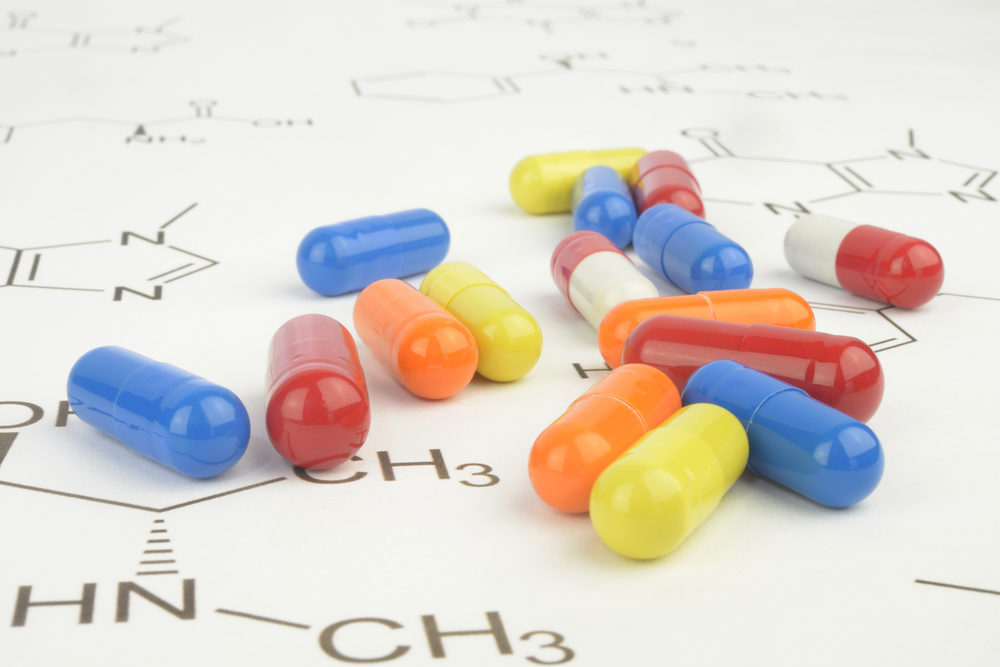Gaucher Disease Drug Analysis Shows Cerdelga Is Comparable to Cerezyme, Researchers Say

Cerdelga (eliglustat) was recently approved in the U.S. and Europe for the long-term treatment of a subset of adult patients with Gaucher disease type 1 (GD1).
Researchers at Sanofi Genzyme analyzed results from several clinical trials with the goal of comparing Cerdelga with Cerezyme (imiglucerase), an enzyme replacement therapy drug. Results show that the beneficial effects of Cerdelga are comparable to those observed with Cerezyme, which is older and has been used longer.
The research paper, “Clinical response to eliglustat in treatment-naïve patients with Gaucher disease type 1: Post-hoc comparison to imiglucerase-treated patients enrolled in the International Collaborative Gaucher Group Gaucher Registry,” was published in Molecular Genetics and Metabolism Reports.
Gaucher disease type 1 (GD1), caused by the deficient activity of the enzyme acid β-glucosidase, leads to the accumulation of glucosylceramide in lysosomes, which in turn leads to pathological consequences in multiple organ systems.
The two approaches used for the treatment of GD1 aim to restore the balance between glucosylceramide synthesis and degradation. Enzyme replacement therapy (ERT) has been the standard of care for two decades, increasing the patients’ enzyme activity in order to break down accumulated glucosylceramide and improve the clinical manifestations of the disease.
Substrate reduction therapy (SRT) inhibits an enzyme (glucosylceramide synthase) involved in glucosylceramide production, thereby reducing its accumulation.
Cerdelga is an oral SRT, recently approved by the U.S. FDA and the European Medicines Agency for the long-term treatment of adults with GD1 who are cytochrome P450 (CYP) 2D6 extensive metabolizers (EMs), intermediate metabolizers (IMs) or poor metabolizers (PMs).
These three categories encompass more than 90 percent of GD1 patients. Cerdelga was shown in clinical trials to reduce spleen and liver volumes and increase hemoglobin levels and platelet counts in adults with GD1 who had not received treatment, while maintaining long-term stability.
Researchers conducted the review because a comparison between treatment with Cerdelga and Cerezyme had not yet been done. In this analysis, researchers compared the clinical response of patients taking Cerdelga to the response of patients taking Cerezyme. Both groups had not been treated previously with the drugs.
The study included 46 Cerdelga-treated patients from two different clinical trials and 75 Cerezyme-treated patients. Improvement of organ volumes and hematologic parameters was observed, and comparable, in both treatment groups.
Researchers emphasized that these observations lack the objectivity of a comparison clinical study in a real-life setting. Also, they were not able to draw conclusions regarding safety and tolerability because adverse event data was not recorded in the Cerezyme clinical study.
“Although lacking the rigor of a head-to-head trial, the findings of this post-hoc analysis in treatment-naive GD1 patients suggest that, during the initial 9-12 months of treatment, oral [Cerdelga] therapy results in improved organ volumes and hematologic parameters that are comparable to those observed with [Cerezyme] infusions,” the researchers wrote.



